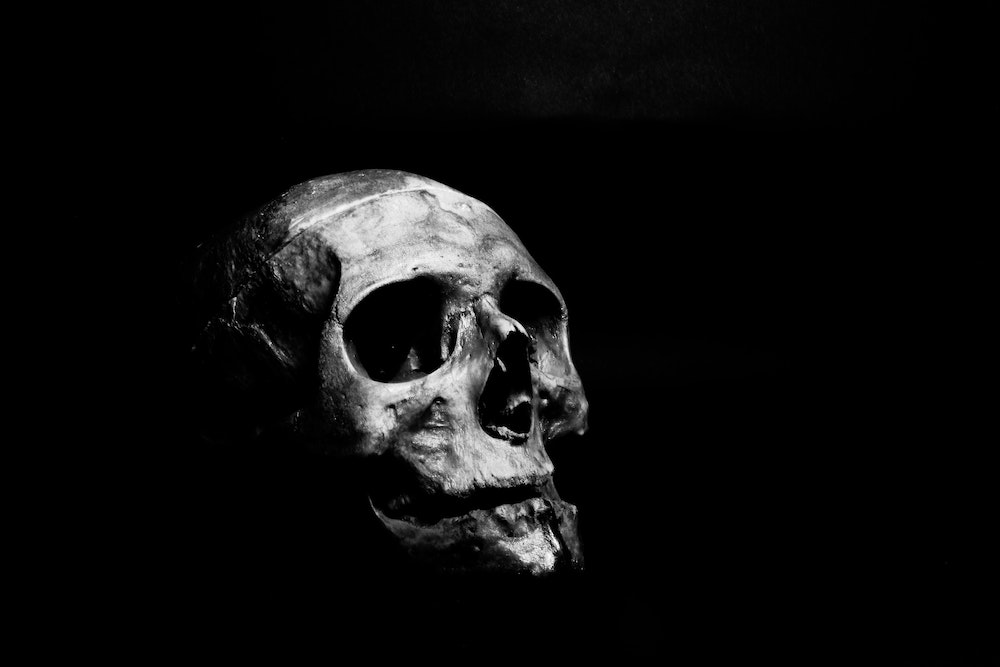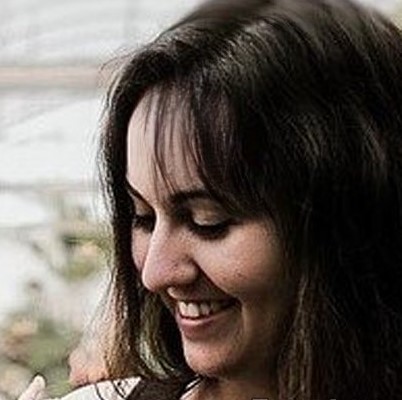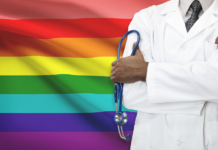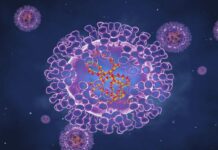
By Frankie Wallace
Marriage equality has been on the books in the USA since 2015’s landmark Obergefell v. Hodges, yet there’s still a long path to forge towards full inclusion in many facets of daily life. One notable example is the entertainment industry, where same-sex couples are still often treated as a novelty rather than a mainstream concept.
It’s true that Hollywood is making changes, but are they in the right direction? In what ways have these changes actually been helpful? Why does proper representation in horror even matter, in comparison to other genres?
Representational Pitfalls
Let’s dive down the rabbit hole of LGBTQ inclusion in the various forms of media, including TV shows, books, and movies, and consider the following:
- How often are LGBTQ characters portrayed? Are they portrayed in more than just Coming Out stories or melodramas revolving around the HIV/AIDs epidemic?
- How often are they more than a token side character, or the first character to be killed off because of their implied dispose-ability? (“Bury Your Gays,” anyone?)
- How often are these LGBTQ characters anything other than white, abled, and cisgendered?
Unfortunately, this LGBTQ inclusion problem is especially visible in the horror genre. 2017 was heralded as a landmark year for queer horror with four popular films expanding the purview of the genre. However, despite these films including queer actors, how often were those characters portrayed on screen also evidently queer?
Why LGBTQ Inclusion Is Important
The lack of (proper) LGBTQ inclusion is harmful in many ways. Due to social stigmas and discrimination, even in 2019, LGBTQ people are running into barriers when accessing things like healthcare, which is damaging their well-being. Diversity and inclusion in the nursing field are imperative for this reason. According to Duquesne University, researchers have found that LGBTQ healthcare obstacles, include gaps in coverage, social stigmas, and discrimination, among others.
What’s even more important is demanding proper representations of queer life in horror movies – beyond the Bury Your Gays trope, beyond the token gay best friend, beyond all of the things Hollywood believes to be “representation” – which in reality is only harming people in our community. LGBTQ characters have to be written as people first, especially in seemingly cookie-cutter places like horror films – characters who exist in a universe to kill zombies, slash murderers, or foil a monster’s nightly killing spree.
LGBTQ people shouldn’t exist to only fill a diversity hole in a cast, to be the expendable character to further the plotlines of the main character, or simply because a horror director needs to kill a character off for a particularly gruesome scene. These kind of depictions are not LGBTQ representation – they’re using LGBTQ characters as fodder and claim it’s representative, while potentially harming growth within our communities. This is exactly why good representation, especially in horror, is so important and refreshing.
Repping the Small Screen
True Blood
When “True Blood” aired its final season in 2014, it left a queer legacy in its wake. The show was a masterpiece of LGBTQ inclusion, with plenty of same-sex relationships cropping up alongside hetero ones, treated with normalcy rather than as a novelty, as well as a handful of LGBTQ undertones throughout each season.
But what good is allegorical LGBTQ representation? In comes Lafayette Reynolds, one of the first and foremost queer characters in the show, whose screentime alone is a beautiful example of why queer representation is so important in popular media. To quote Mikelle Street from VICE on the positive impact the character had:
“From the first episode, Lafayette’s sexuality and confidence were apparent. He wore his do-rags as if they were long flowing hair. It was a nod to cool black masculinity, but he appropriated it in his own feminized way… though I didn’t have the hutzpah to wear false lashes and eyeshadow like the Bon Temps resident, his occasionally dainty, sometimes delicate mannerisms always made me smile with familiarity.”
American Horror Story
The horror show that best followed the inclusive footsteps of “True Blood” is a no-brainer: “American Horror Story.” Now in its ninth season, the show is a phenomenon where gay characters are included in every season. This should come as no surprise considering that the show’s creator, Ryan Murphy, is openly gay and even faces frequent homophobia in the industry. So are two of the show’s main players, Sarah Paulson and Denis O’Hare.
It’s wonderful and important for openly gay individuals to be involved in creating LGBTQ shows, because many people in power have had to hide their truth and have caused damage as a result. Murphy is currently shooting season two of “Pose,” which has become one of the most significant LGBTQ television shows in history. Murphy has used his position of power for good as he’s created the Half Initiative, which strives to provide more opportunities for women and minorities as directors. More people of power like Murphy should be using their privilege to affect change and positively impact the industry they’re in.
Going Beyond the Tropes
Admittedly, Hollywood is growing more and more aware of the necessity of proper representation in media, whether it be for the LGBTQ community, people of colour, or more. People want diversity. People want new ideas and new stories because everything else has already been told, rehashed, remixed, and frankly is growing old.
While all genres have a long way to go when it comes to representation, the horror genre, in particular, has to address the way it treats its LGBTQ characters the most — perhaps by taking a page from “True Blood” and “American Horror Story” by keeping their gays involved in the story rather than burying them.

About the Author
Frankie Wallace is a recent graduate from the University of Montana and currently resides in Boise, Idaho. Wallace contributes to a variety of blogs online and enjoys writing about social justice issues and LGBTQ rights.
Photo by ahmed adly from Pexels






I am a trans man that has been worrking for proper representation with film festivals since the 90’s. I was the first trans person to be invited on the programming committee of an LGBTQ film festival. I have also curated trans programming for many festivals worldwide, and was ED of the Counting Past 2 TS/IS/TG Festival.
There is another issue that is vital, especially at non LGBTQ festivals, being that films about us made by non LGBTQ film makers, are the ones being screened, instead of films being made by us. We as a community can speak for ourselves, and there is tons of talent.
As an example, a film made by a non LGBTQ filmmaker just won an award an the LA independent film festival. This person had sent me a preview of the film when it was being made, asking for my input. He did cast a young trans person in the film, but the character was in a mental health institution, called misfit, was a bad seed, filled with angst, smoke and drank, couldn’t find a love interest because he was trans…just insult after insult. I spent a great deal of time and effort trying to explain that was not how we wanted to be represented. He replied that he spent 2 weeks talking with some trans people that were depressed, and that he knew better than me.